
On our new weekly podcast, two friends separated by the Atlantic take questions and compare notes on everything from charcuterie trends to scone etiquette.
Listen NowPopular on Food52
Continue After Advertisement
6 Comments
Nancy
September 27, 2016
Loved the article. Glad to see this custom getting more notice (and maybe practice). One way to serve (I've been doing this for years) is to pass around the items for the blessings, have enough of things like carrots and cabbage to make a salad, add a dressing and have as a first course or appetizer.
zahavah
September 27, 2016
Hi Nancy. I love this idea of passing around the items in addition to incorporating them into dishes to serve. It was fun to write the article a few years back as this custom continues to gain in popularity.
SusanR
September 1, 2013
Being Sephardic, I have been making Rosh Hashanah seders for years. A great resource for it is a book called Apples & Pomegranates. It is my favorite holiday to share with friends.
ChefJune
August 30, 2013
What an interesting piece. We in our family grew up thinking we were Ashkenazi, as our great grandparents came to US from Warsaw. However more recent research has uncovered our roots in pre-Inquisition Spain. So we've been busy learning how to be Sephardim. Who knew about Seder plates for Rosh Hashanah!
zahavah
August 30, 2013
June - what a fun discovery! Sephardi cuisine is fabulous. Shanah tovah u'metukah.
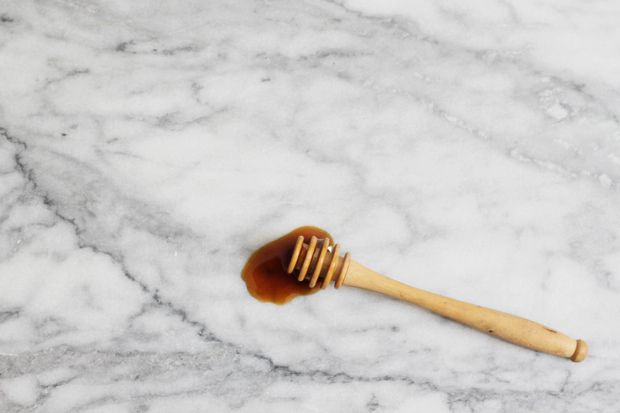

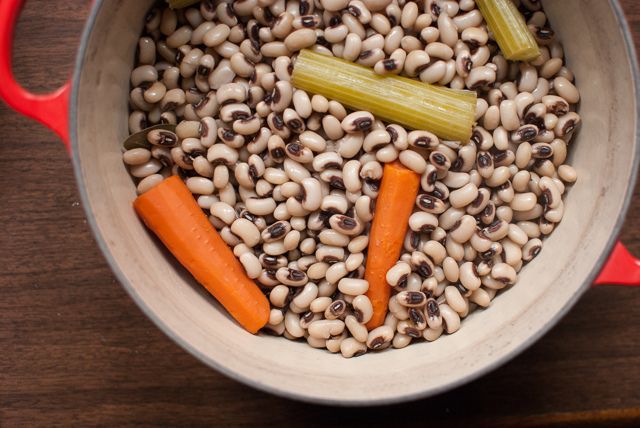
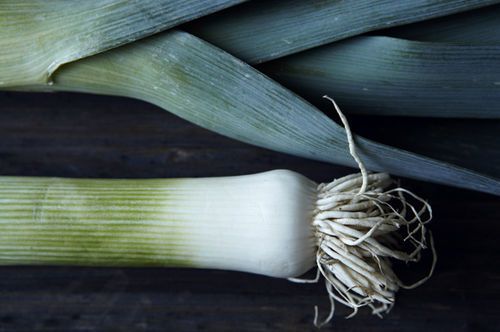
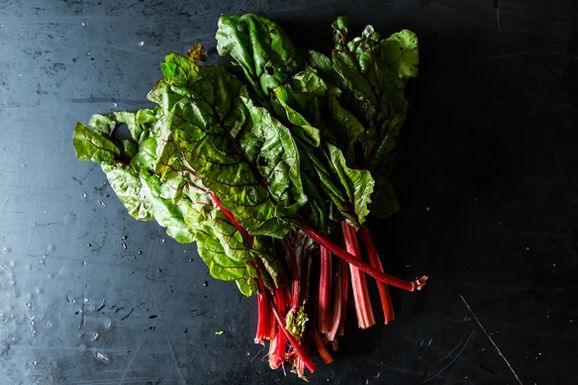

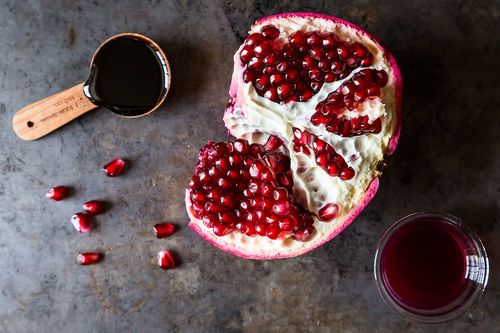

See what other Food52 readers are saying.